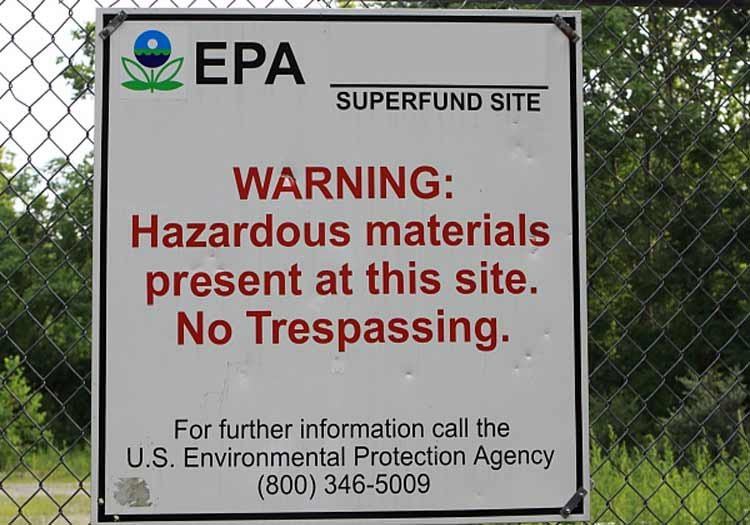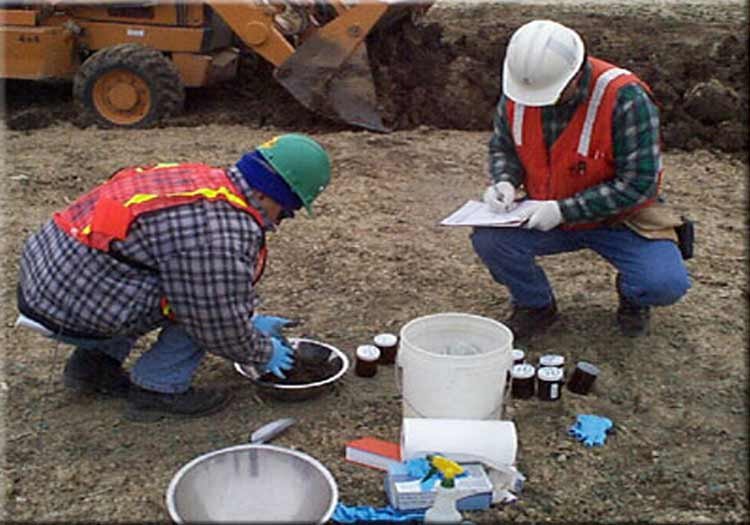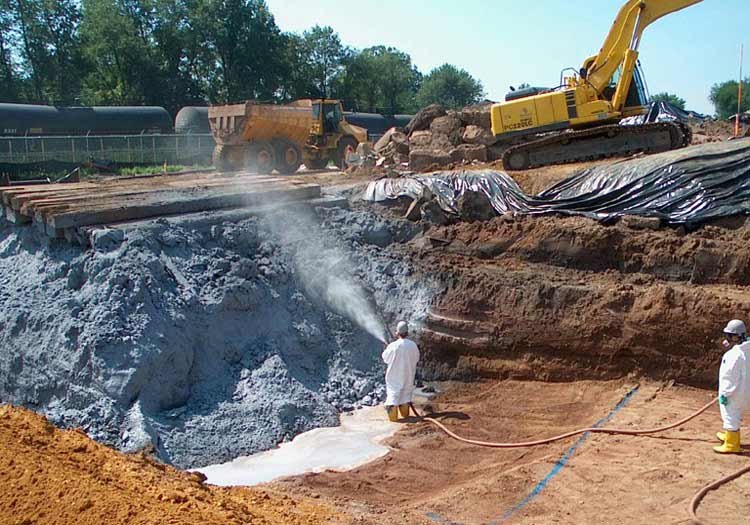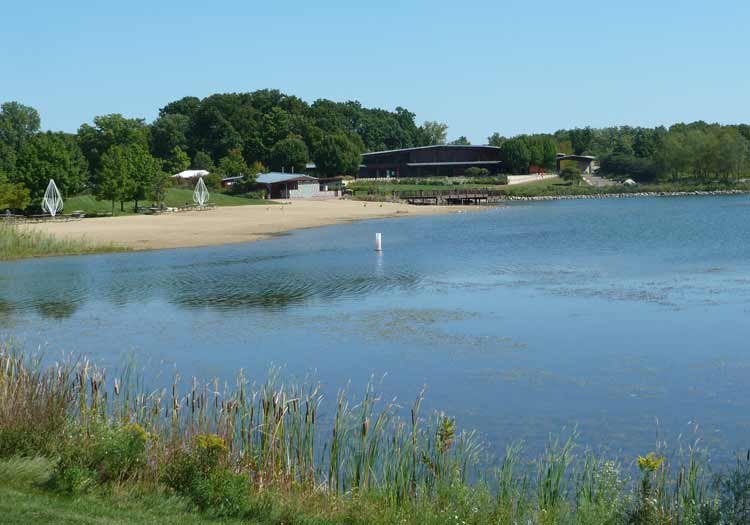Superfund Cleanup Process
Cleaning up Superfund sites is a complex, multi-phase process. The contents of this page are provided for learning how the cleanup process works and to find opportunities for community involvement. Click links at each phase of the process for more information.
- A Community Guide to EPA's Superfund Program (PDF)(12 pp, 1.1 MB)
| Superfund Cleanup Process | |
|---|---|
|
Preliminary Assessment/Site Inspection (Site Assessment) This stage includes a review of historical information and includes visiting a site to evaluate the potential for a release of hazardous substances. EPA determines if the site poses a threat to people and the environment and whether hazards need to be addressed immediately or additional site information will be collected. |
|
|
National Priorities List (NPL) Site Listing Process The NPL is primarily an information resource that identifies sites that warrant cleanup. It is a list of the worst hazardous waste sites identified by Superfund. The list is largely based on the score a site receives from the Hazard Ranking System. |
|
|
Remedial Investigation/Feasibility Study (Site Characterization) This stage involves an evaluation of the nature and extent of contamination at a site and assessing potential threats to human health and the environment. This stage of the process also includes evaluation of the potential performance and cost of the treatment options identified for a site. |
|
|
Records of Decision (Remedy Decisions) The ROD explains which cleanup alternatives will be used at NPL sites. Leading up to the issuance of the ROD, the EPA recommends a preferred remedy and presents the cleanup plan in a document called a Proposed Plan for public comment. Following the public comment period, the EPA issues a final Record of Decision. |
|
|
Remedial Design/Remedial Action Detailed cleanup plans are developed and implemented during the remedial design/remedial action (RD/RA) stage. Remedial design includes development of engineering drawings and specifications for a site cleanup. Remedial action follows design, and involves the actual construction or implementation phase of site cleanup. |
|
|
This milestone indicates all physical construction required for the cleanup of the entire site has been completed (even though final cleanup levels may not have been achieved). For example, a groundwater treatment system has been constructed though it may need to operate for a number of years in order for all contaminants to be removed from the groundwater. |
|
|
Activities undertaken during this phase help ensure that cleanup work at a site continues to protect human health and the environment. Work can include: routine monitoring of a site; routine reviews of the site to ensure cleanup continues to be effective; and enforcing any long term site restrictions (e.g., institutional controls) |
|
|
National Priorities List Deletion Once cleanup goals have been achieved and sites are fully protective of human health and the environment, EPA deletes them from the NPL. |
|
|
EPA's goal is to make sure site cleanup is consistent with the likely future use of a site. Consideration of reuse at a site can occur at any point in the Superfund cleanup process, from site investigation activities to deletion from the NPL. EPA works with communities to make sure sites or portions of sites are used safely. |
|









